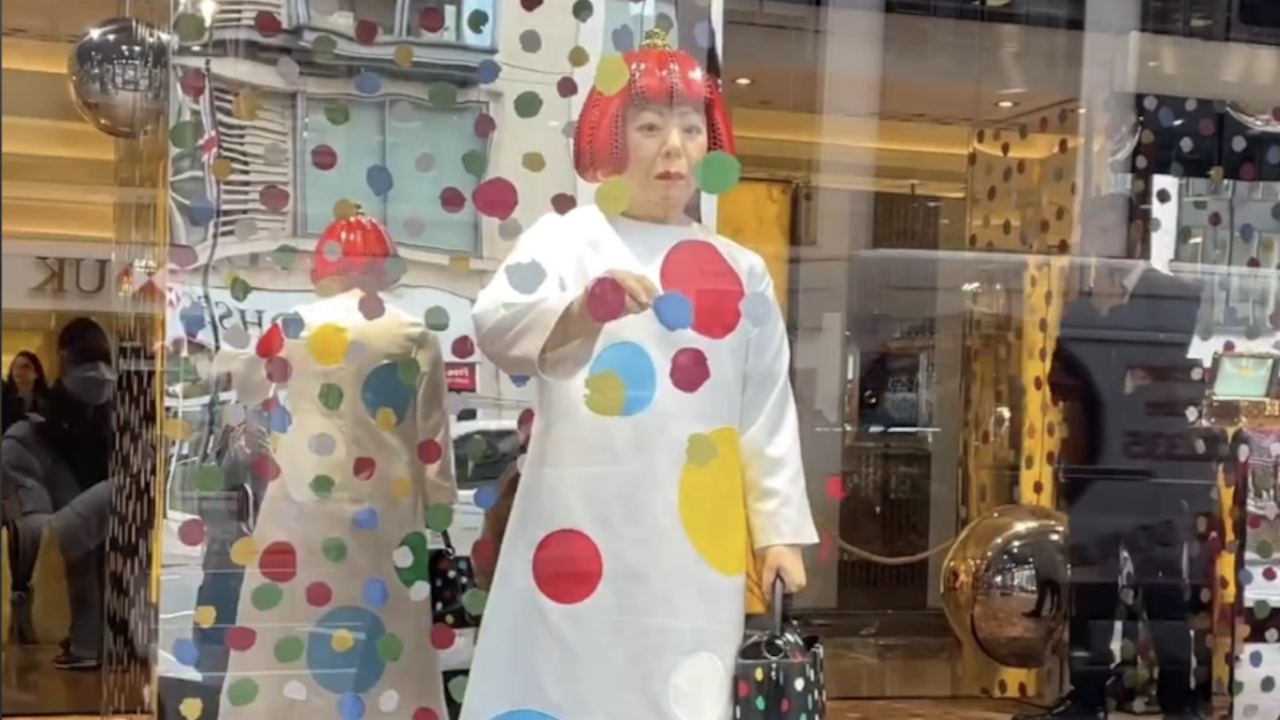The industry’s ‘feast or famine’ inventory problem is impacting holiday sales – Glossy
Pre-gifting is trending, for better or worse.
Since the start of the pandemic — when canceled orders from retailers started rolling in — fashion brands have been busy correcting their forever habit of producing a glut of inventory. Doing so trumped preparing for holiday shopping, and many are now feeling the negative effects of having insufficient product in December. Among them: missing out on promotions-driven sales, as discounting is off the table, and being forced to sell gift-perfect items on pre-sale.
“It’s like feast or famine,” said Jeff Zens, COO at menswear brand Billy Reid, in a panel discussion I moderated in November. “We were sitting on so much inventory through the summer, but Covid hit just in time for us to be able to limit our inventory for fall, which was the responsible thing to do. But now, the traction’s picking up, and everybody’s starting to look for the product.”
Zens said that, pre-Covid, the company had planned on a contraction of the business based on less promotions starting in fall. “The model’s working; we’re selling a lot of full-price stuff now. The bad thing is that we’re running out of inventory.”
Billy Reid planned to have strategic drops of new products around Black Friday, but decided to release the styles early. “There’s no need to sit back on product, when we’re short on product,” said Zens. He added that, as they’ll be streamlined up until Christmas, holiday promotions will not be “the major, major volume driver” they had been in years past, as there will be less of them.
Lindsay Bressler, COO at maternity wear brand Hatch, also said that inventory was a “real challenge” ahead of the holidays. “We’ve seen huge success in our beauty category, our denim category and our underpinnings category, but we just can’t chase demand fast enough,” she said.
And the issue is showing up on e-commerce sites. For example, on November 24, Off-White launched an online “Gift Edit” online, featuring selections of holiday gifts for men and women. Over one-third of the men’s products are being sold on pre-order, with multiple styles expected to ship on December 20 and 24, and January 3 and 7. The company’s delivery time in the U.S. is 4-5 working days, after an order is processed within 48 hours.
Meanwhile, Telfar Clemens brought back the pre-sale model he tackled in August for his new handbag collaboration with Ugg, sold exclusively on November 30. It had holiday-themed marketing around it, with imagery showing the designer in a Santa hat. Yet the bags that were purchased won’t be delivered to buyers until sometime between March and June 19. A Telfar Christmas card will arrive to bag purchasers prior to Christmas Eve, to serve as a teaser to present to giftees.
Guido Campello, co-CEO and creative director of lingerie retailer Journelle, said that product distribution across the board has been tight. “We couldn’t get extra stock from a lot of our brands, because they had either cleaned it out or reserved it for themselves,” he said. At least 25% of the brand’s customers are men buying for women.
But, according to him, buying holiday product late is more excusable this year, as more people are at home, and shopping for themselves and those they live with versus traveling. “I don’t think [the gift] needs to hit ahead of Christmas this year. But for those who have that expectation, we’re requiring them to do express shipping.”
What worked to drive sales on Thanksgiving weekend
On Black Friday and Cyber Monday, lingerie and loungewear brand Journelle saw a 50% boost in year-over-year sales — half of customers were first-time shoppers. That’s despite having decreased inventory by 40%, moved away from affiliate marketing and restricted advertising spend to just “a small amount per day” on Google Search, said Campello.
Along with Search, the brand’s plan of attack for the shopping weekend included its newly launched app, as well as email marketing and tiered discounting. On a call on Wednesday, Campello broke down each strategy, and shared lessons learned for 2021.
Google Search: “The keywords we use are our [lingerie’s] brand names, though we have some competition there from retailers like Net-a-Porter and Shopbop. We see success with sexier brands and those with less distribution in the U.S. Generic terms like ‘bras’ are very hard to compete with, because people like Victoria’s Secret are bidding so high. So we go after the very sexy terms; Journelle is known for ouverts, open backs, garters. And we launched sexual wellness last year; there’s so much less competition for vibrators, tassels, handcuffs. I use Google to tell me what products I should go after, based on the fact that nobody is bidding for those segments. Last week, our [Google] ROAS grew 200% from Monday to Monday.”
App: We launched our app on October 31, offering a 10% discount to those who downloaded it; 200 people signed up on day 1. Now, we’re seeing a rapid build. On Sunday, we were at 2,400 people, and by Tuesday, we were at 3,100 people. Those with the app are our most engaged and loyal customers. We pushed alerts to people’s phones about special Black Friday products and offers, and we saw sales [through the app] go from zero to higher than any one of our stores. In the future, we’ll offer more exclusives through the app, like blog content and storytelling in collaboration with our designers.”
Email: “We used to think emailing one or two times a week was too much. Now, we could email at 11 [a.m.] and then again at 7 [p.m.]. We had to go to our email providers and demand more efficiency in the costing for our emails. Everyone’s breaking their limits on email right now.”
Discounts: “In October, we did a pre-sale of specific items, just to create a little bit of excitement. Then for Black Friday and Cyber Monday, we did tiered discounts of 15-25%, with 25% being for those who spent over $500. Now, we’re about to launch 12 Days of Christmas, which is a way to highlight a category or product daily, and keep people coming back. Percentage discounts vary on those days, and there’s free shipping.”
Learnings for 2021: “We’ll want to launch new categories around the holidays, because discounts bring good education opportunity. And we’ll launch VIP access to our sale early in Thanksgiving week, before rolling it out. We’ll use TikTok, to be able to do short segments, education and create exclusive opportunities that are tied into the app. And we’ll do SMS — its return on ad spend is out of control.”
Yea or nay: Masks as stocking stuffers
Call it depressing, but the face mask is a hot holiday gift, according to Nancy Green, president CEO of Old Navy.
“It’s definitely the stocking stuffer of the season; I think it’s going to be a big last-minute gift,” she said.
And Old Navy is investing its budget and efforts accordingly. In addition to having a TV ad promoting the accessory, it’s prominently featuring masks in its stores, and on its website.
Green called masks a “huge, new category” for Old Navy, pointing out that the company pivoted its production to focus on masks early in the pandemic. It now makes them in a variety of seasonal prints, including plaid and Santa options for the holidays. On the company’s latest earnings call on November 24, Gap Inc. CEO Sonia Syngal said that masks now represent 4% of all sales across Gap’s brands.
What we’re reading
Moncler is the latest fashion brand to take its runway show to China.
Balenciaga’s video game-based collection debut is just around the corner.
Barneys is preparing for its comeback.
Inside our coverage
Alice + Olivia’s Stacey Bendet still believes in wholesale.
Beware of counterfeits ahead of the holidays.
These 50 fashion and beauty executives changed the game in 2020.





